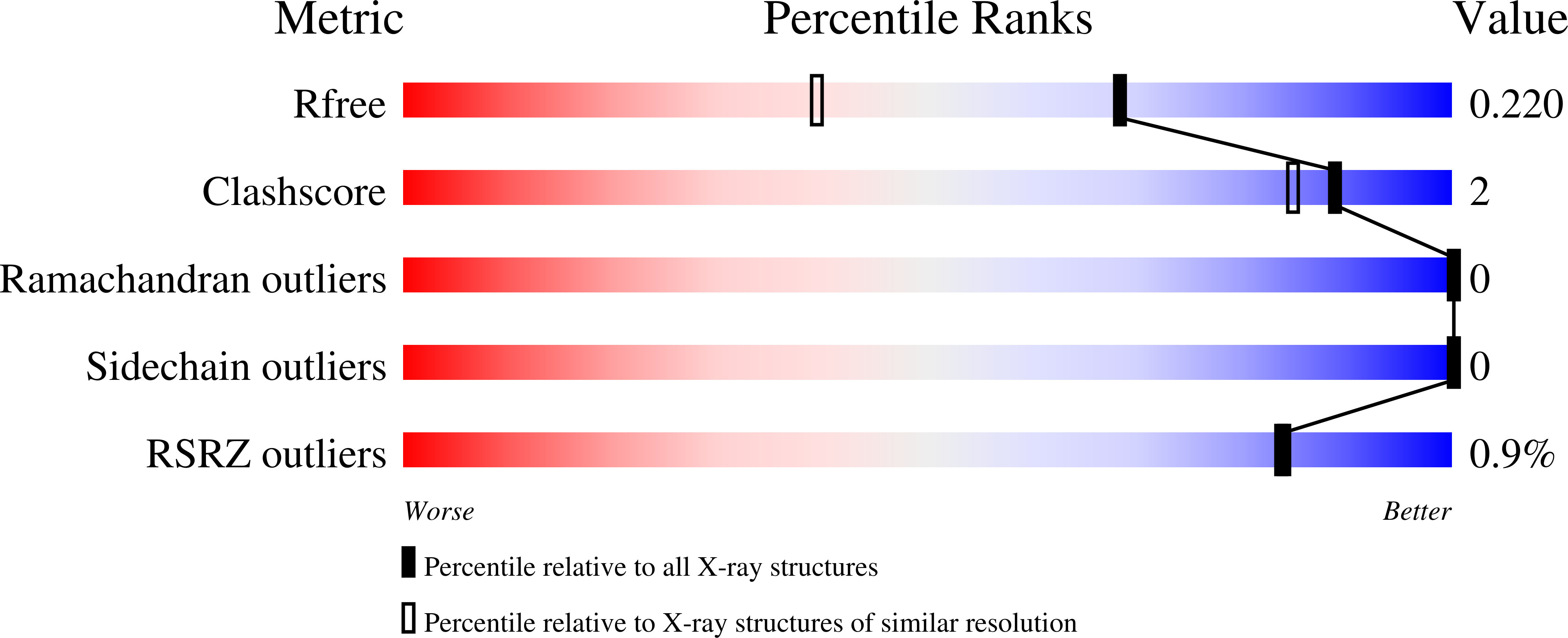
Deposition Date
2023-06-08
Release Date
2024-02-07
Last Version Date
2024-02-07
Entry Detail
PDB ID:
8PAQ
Keywords:
Title:
Structure of the small subunit of the laccase-like Nlac protein from Pleurotus eryngii
Biological Source:
Source Organism:
Pleurotus eryngii (Taxon ID: 5323)
Host Organism:
Method Details:
Experimental Method:
Resolution:
1.60 Å
R-Value Free:
0.21
R-Value Work:
0.19
R-Value Observed:
0.19
Space Group:
P 41 21 2


